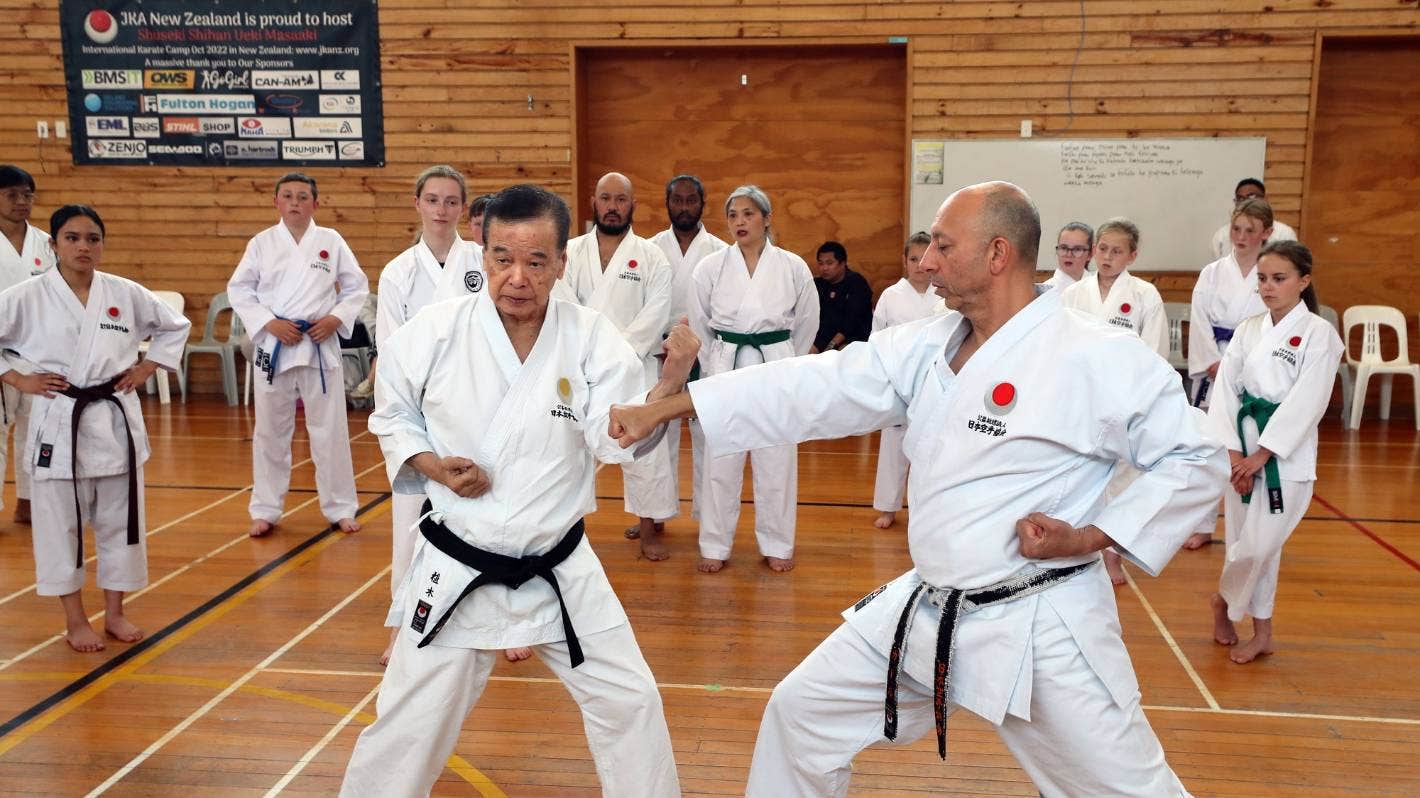마이클 우드 교통부 장관은 더 빠른 이동 시간과 안정적인 버스 서비스를 약속하는 새로운 오클랜드 버스 노선 확장 공사가 시작되었다고 말했습니다.
버스웨이는 파파쿠라 및 보타니와 연결되어 새로운 버스 정류장과 자전거 노선을 제공합니다.
5km의 분리된 버스웨이, 12km의 분리된 도보 및 자전거 노선, 5개의 새로운 버스 정류장이 있을 것입니다.
Wood는 “오클랜드 동부 교외 지역은 오클랜드에서 자동차 출근 여정 수준이 가장 높고 대중 교통 이용률이 가장 낮은 곳 중 하나입니다.” 라고 말했습니다.
“이번 투자로 24,000명의 오클랜드 주민들이 고속 교통 정류장에서 1km 이내에 거주하게 될 것이며, 이를 통해 도시의 요구에 맞는 대중 교통 서비스를 제공할 것입니다.
이를 통해 장기적으로 이동 시간이 단축되고 더 넓은 오클랜드로 쉽게 이동할 수 있을 것이라고 Wood는 말했습니다.
오클랜드 시장 웨인 브라운 (Wayne Brown) 은 이미 완공된 판무레-파쿠랑가 버스웨이를 매일 7,000명의 사람들이 이용하고 있다고 말했습니다.
“AT (오클랜드 교통) 에 따르면 2028년까지 하루 14,000명의 승객이, 2048년부터는 23,000명의 승객이 버스를 이용할 것으로 예상합니다.”
브라운은 이 프로젝트에는 와이푸나 브리지에서 오는 교통을 티 라카우 드라이브에서 분리하여 파쿠랑가 로드로 직접 연결되는 리브스 로드 (Reeves Road) 고가도로가 포함된다고 말했다.
“버스웨이 확장은 하나의 고품질 통합 교통 시스템으로 오클랜드의 미래를 보장하겠다는 합의된 광범위한 계획을 향한 중요한 단계입니다.“
크레딧: radionz.co.nz


















































-360x245.jpg)









